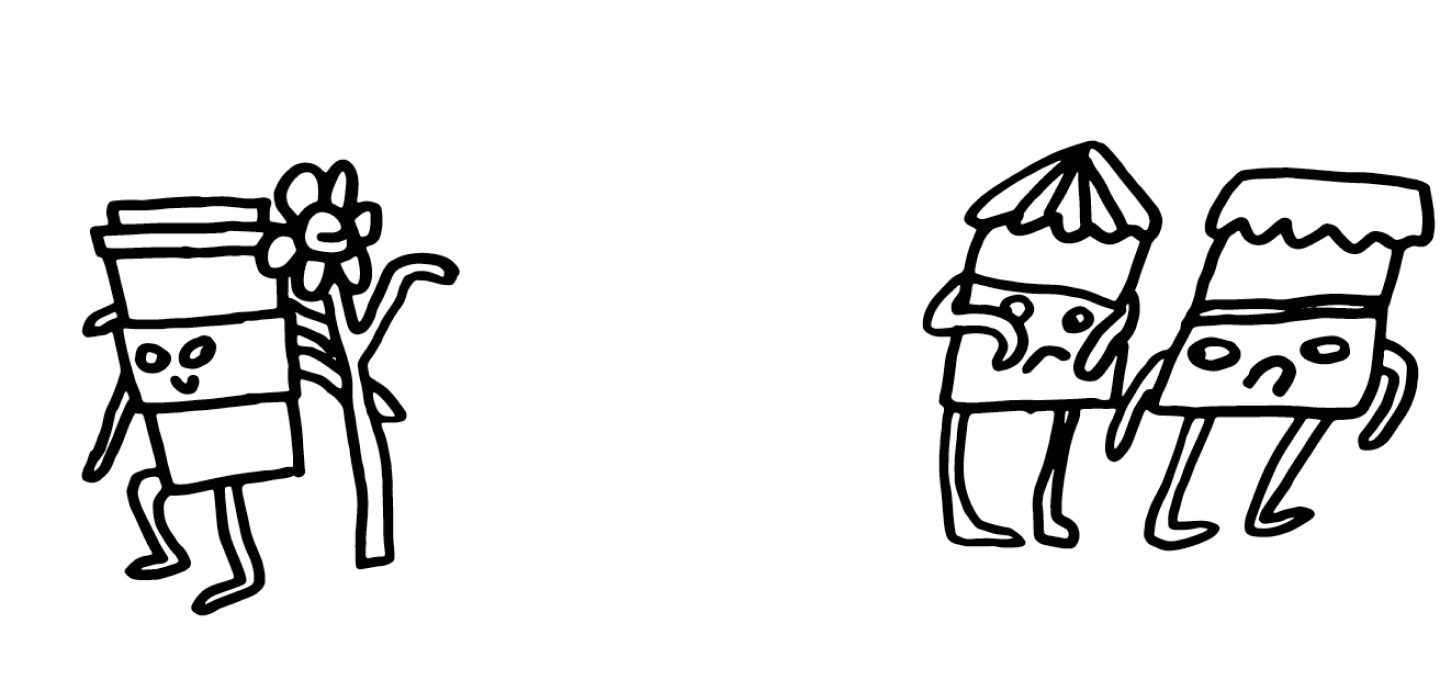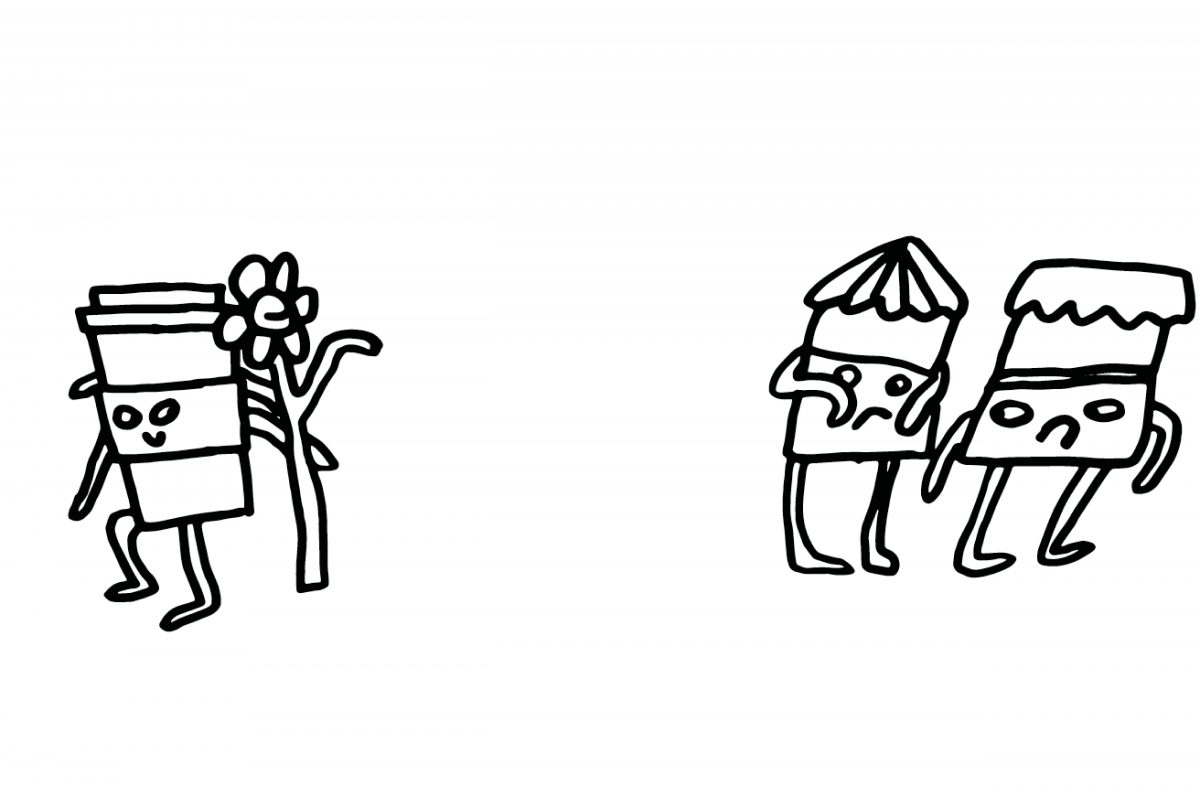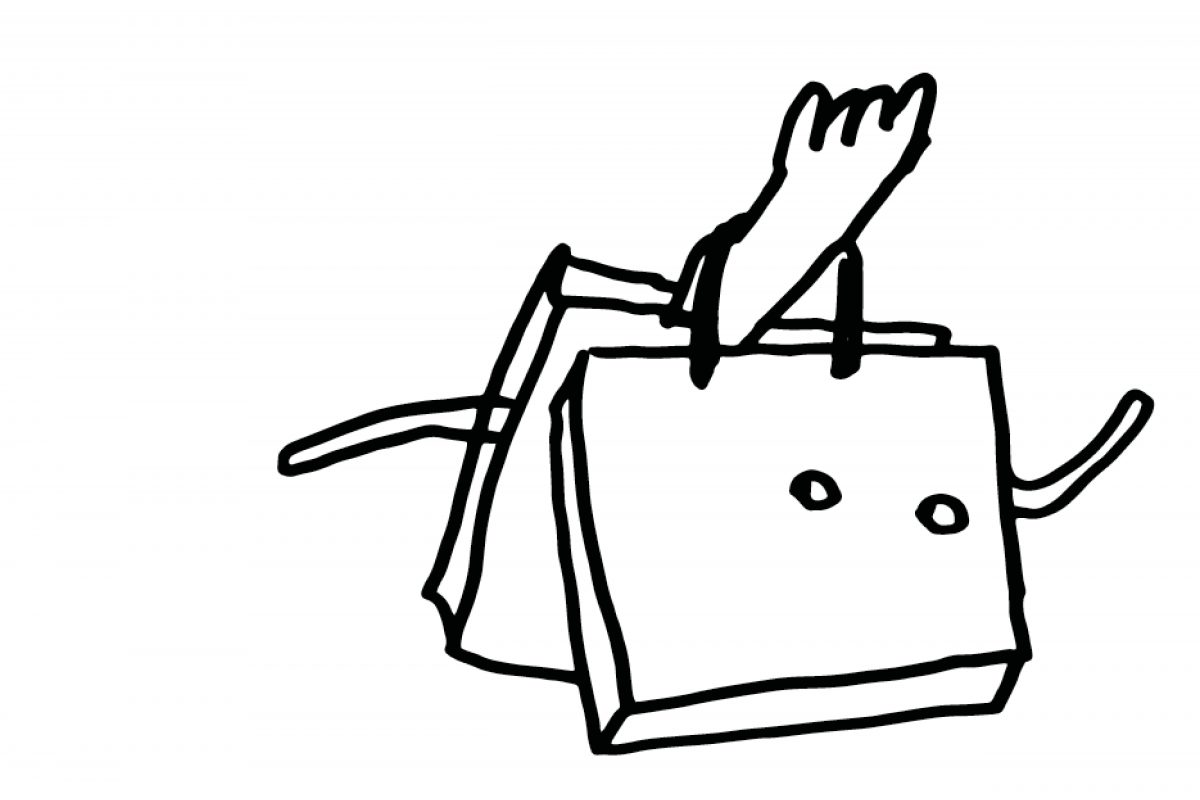
Keep up with our latest news and projects!

“We plan more ‘city streets’ like the Van der Pek, to connect neighbourhoods, easy to stop and shop, with a mix of functions and services, next to quiet streets to live in.” – City planner Jos Gadet
“All these hipster stores, in Amsterdam and Berlin: they are just very similar. I love the ugliness of the shops here, where every daily need is met” – Bottom-up city-maker Eva de Klerk
“Amsterdam should definitely not become a raked garden!” – Shopping area ‘doctor’ Nel de Jager
When it comes to shopping and spending time in the city, much of the traditional offering has made place for something new, usually more expensive: coffee bars like Starbucks with a wide range of cafés and lattes; bakery stores with a big choice of luxury croissants, sourdough, gluten free or spelt bread; concept stores with a mix of special brands, vintage stores and again good coffee or glass of prosecco at 17.00. But a crafts shop, a furniture upholstery or a good butcher? Hard to find.
One of the main reasons for this change is that newcomers generally bring more money to an area but also different lifestyles and tastes, going with the flow of the latest trends and ready to pay for special brands and exceptional or innovative concepts. In the meantime, prices are booming. The term we often use for this phenomenon is gentrification: in my view, it describes a process whereby the renovation of a particular city area attracts newcomers with a higher socio-economic status who in turn make the area more popular. The effect of this popularity is an increase in housing prices as well as leisure offerings, meaning (recreative) shops, bars and sport or cultural activities, which tend to push out the original residents of their own neighbourhood.
In this article you can read about gentrification and its visible effects on three shopping areas that feature market places and leisure activities – Van der Pek street, Zonneplein and Purmerplein situated in Amsterdam North, a previously traditional area. I will share with you the outcomes of our research into the liveability of these shopping areas, and our placemaking suggestions, based on the key indicators of the placemaking movement (Madden, 2018).
Amsterdam, especially the city centre, is becoming a densely-populated urban area. In the past 10 years, the former industrial part of Amsterdam North on the other side of the IJ has turned into a popular place to move into (now counting 92 000 residents), because of the space it still offers, affordable housing and mainly free parking. Many open spaces are being filled with ambitious building projects. North aims to grow to 100 000 residents in 2019 and 143 000 in 2040 (Couzy, 2019).
The recent newcomers to Amsterdam North are generally highly educated. They belong to the so-called creative class of knowledge workers and have different needs for leisure, hospitality, retail and events than the original labour and multicultural population. They also demonstrate a different consumer behaviour (Milikowski, 2018). This raises multiple questions. For instance, how should public spaces change for the benefit of all? What does it mean for the retail offering? What are citizens and entrepreneurs afraid of? City planners should consider the needs of the superdiverse population (Crul, 2013) in order to avoid an increasing inequality and segregation, which is what Richard Florida warned us of (Florida, 2017). Bearing in mind the increasing superdiversity of the area, the main question underlying current research is: “How to create future proof retail areas with a mix of functions in Amsterdam North, which are inclusive to everyone and still keep their specific (historical) identity?”
Together with Leisure & Events Management students we carried out a practice-oriented research, commissioned by the street managers, Ymere housing corporation and Stadsherstel. The research focused on two typical squares at the heart of the former labour villages, Zonneplein and Purmerplein. These squares need a dynamic boost and a clear strong vision for the future. Interviewing both old and ‘new’ entrepreneurs, our students compared both squares to the Van der Pek street, which is visibly further in the gentrification process (Milikowski, 2018) and a good example of a ‘city street’ (Gadet, 2019). In the end, innovative placemaking concepts were developed and presented to stakeholders and commissioning clients. We also tested a prototype of the Inclusive Design Toolbox for Creative Professionals, which researchers at the Inholland Urban leisure & Tourism Lab (Collin, 2018) are developing. The most significant outcomes and insights from my own in-depth interviews with retail and city planning experts are discussed below. These are preliminary results, as the research has not finished yet.
Amsterdam North, now hip and upcoming, is more accessible to visitors after the opening of the new metro line North-South this year. But thirty years ago, it was a no-go area. The ‘opposite side’ of the water IJ was just not felt as part of Amsterdam. North consists of three different zones: first the garden villages, developed in the 20s and 30s by the industry (Shell, Stork, and NDSM Shipping Dock association) for their workers (in 1974 there were still 12 000 labour jobs). The closure of the harbour and the factories in the 80s drove up the unemployment rate amongst the once proud locals (Hieselaar, 2010). Second: the dikes along the waterfronts, former villages, with very nice houses inhabited by a middle-class population. Third: the ‘wijken’ or districts, built in the 70s, consisting of many flats, inhabited by various ethnic minorities. In the past 10 years, new areas have been built for middle-class newcomers and only now, after the economic crisis of 2008, do we see big building projects for luxury apartments along the IJ, Overhoeks, and Buiksloterham. This process will continue for the next generation: the Amsterdam City Council aims to build 70 000 new houses by 2040, among them – several projects in North (Gadet, 2019).
First, I’ll describe the current situation, and then give suggestions for inclusive placemaking for two of the squares. Right now, on the one hand, we see an ambitious local government and corporations developing a future vision and a policy to open up and modernise North. On the other hand, older residents and retailers have mixed feelings: they don’t seem to be heard and are anxious for change. Some of the old shop owners have difficulties in adapting to new needs and standards. Rental lots are often not renovated or, if so, rents go up. The old squares are charming but now they look a bit shabby, we hardly notice the visual effects of gentrification. Gentrification gets a lot of attention in books and media (Couzy, 2019) though it’s still a slow process according to Louise de Rooij, ‘kwartiermaker’ of ‘undivided [inclusive] neighbourhoods’ in North (Rooij de, 2019).
Van der Pek Street
In the past years Ymere and the municipality have worked together to innovate this neighbourhood and transform it into a more modern urban area. The facades got a facelift, so that the architecture of the houses shines again, and, as part of the policy, new modern shops, bars and restaurant concepts were attracted. This new positive image is appealing to the newcomers and those who work nearby at the IJ-side, with lovely shops, such as the bookstore ‘Over het water’, Bike store Rahtour, flowershop Bloomies – according to the Parool Stadsgids (Posthumus, 2018) one of the best in town – Cheese store Fromagerie Kef and hip Italian restaurant Il Pecorino (Doorneveld, 2018).
But not everything turned out so positively. The marketplace was moved from Mosveld to the Van der Pekstreet, with the idea of creating a real ‘city street’ (Gadet, 2019; HIOR, 2018). In reality though, our student interviews showed that the market functions less well than before; it contains more and more empty spots and because the stalls are placed in a line, the market just stops abruptly. Hence, it is not inviting visitors to stroll around. Average sales declined drastically. One of the reasons is that many of the usual shoppers have moved out of the city, due to rising rents. The atmosphere and solidarity of the old days seems to be lacking (Interviews Van der Pek, 2019). The enthusiasm from city planners about this particular city street project differs from the perception of current retailers.

Zonneplein ‘square’, Tuindorp Oostzaan
Zonneplein ‘square’ looks like a little gem, hidden in the centre of the old garden village, enclosed by unique architecture. It is a protected cityscape (Rijksdienst voor het Cultureel Erfgoed, 2012). The square has a beautiful eye-catcher, the Zonnehuis, once a theatre and a boxing school, now still a theatre with two stages. The local residents are mainly elderly people, former working-class employees from the NDSM shipping dock association. Now some of the small houses (70 m2, 3 or 4 rooms) have been put on the market and sold to young families for around € 300 000 (Funda, 2019).
The square looks empty, very silent with just a few visitors. There are closed or empty shops and only one open café/restaurant, lokaal Spaanders. Interviews with shop owners and residents tell us that hardly any action has been taken by the housing corporation; initiatives from the past like organising a weekly or monthly market were thwarted by market stall owners from Mosveld even though the latter are far away. Everyone agrees that the square has to be revived. There is a group of engaged residents active for that purpose: ‘Fijn Zonneplein’ – a perfect informal structure, or a sparring partner for decision-makers to stimulate the liveability of the place (Kamp, 2018). Many placemaking ideas emerged based on the needs and wishes of residents and current retailers:
Purmerplein ‘square’, Tuindorp Nieuwendam
This square is wide and open, with busy traffic on both sides, a protected cityscape as well. The shops and restaurants are doing well, but the store windows look old-fashioned and a bit neglected. There are no trendy shops, the square itself needs renovation. Once again we see some empty store fronts. This square has a convenient position: close to Nieuwendammerdijk, where we find middle-class residents who spend easily and order delivery services on a regular basis. Most of these people just shop and go. There are informal WhatsApp or FB groups that decision-makers can talk to (Klerk, 2018) in order to work from the bottom up. Here are some ideas for how to vitalise the square:

Gentrification and its effects are already visible in the renovated Van der Pek neighbourhood, very close to the new building projects of Overhoeks and Buiksloterham, and it gives the area a more modern urban lifestyle. But older residents have started selling their houses and leaving the city to make place for the yuppies. At Zonnepein and Purmerplein gentrification is not yet noticeable in retail offering, but steadily people’s needs are changing. These squares still have an authentic image. Residents and entrepreneurs like to think about the future of their neighbourhood, about what kind of shops, bars and leisure activities are needed and they long to see a more vivid square. The successful efforts of Fijn Zonneplein to bring the Amsterdam ‘canal’ Festival this summer to the town square is a wonderful example of community collaboration. But they are suspicious of the top-down plans of city policy-makers and corporations. My advice to them is: let’s make time to experiment with organic placemaking, together with the community of residents and entrepreneurs, let’s nurture the historic authenticity of the place, stimulate special craft shops and redesign the square as a place to meet, making people proud to live and work there. That’s the next big challenge for the future.